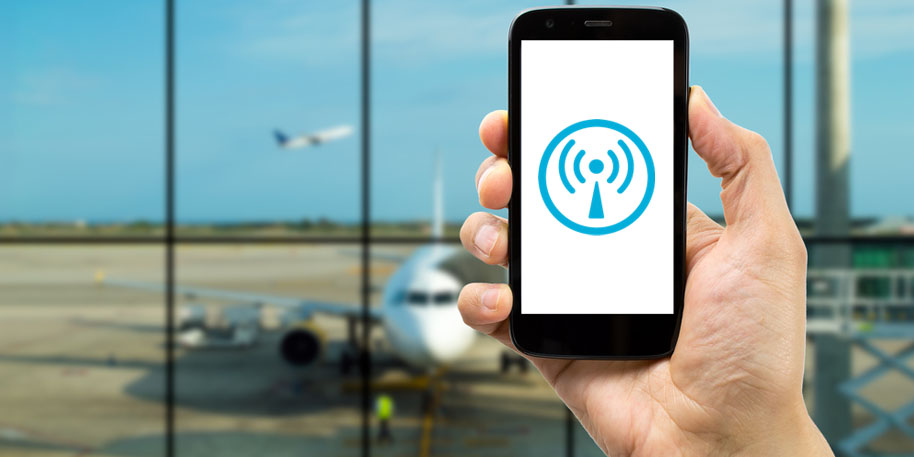Last April Telefónica and Vueling announced that they were working together to install Wi-Fi in the company’s aircraft. The first Airbus A320 with the new integrated service is the EC-LZN, which has capacity for 180 passengers and makes Vueling the first low-cost airline in Europe with high-speed Wi-Fi.
Thanks to the technological evolution of the HTS satellites, passengers on board will be able to use their electronic devices (smartphones, laptops or tablets) during the flight and enjoy a browsing experience very similar to that on the ground, with download speeds of up to 20Mbps.
The revolutionary concept of the HTS satellites is based on a payload with many beams, each having small surface coverage (in comparison with conventional satellites), which allows the power to be increased at each point of the beam and the frequencies to be reused in a similar way to how it is performed on a mobile network. This configuration allows the satellite to have a bandwidth performance at least 70 times greater than that of conventional satellites.
The Wi-Fi installation process in an aircraft takes several days and begins in the interior of the aircraft. The first step is to remove the aircraft's interior ceiling panels so three wireless access points (WAP) can be installed – this is what provides wireless connectivity to the passenger cabin. Additional equipment is also incorporated: WEB (Wireless Ethernet Bridge), WDU (Wireless Data Unit) and the antenna power supply (APSU: Antenna Power Supply Unit).
Under the cockpit, in the avionics bay, is the heart of the system: the satellite modem, which sends and receives the signal to and from the antenna, and is also the interface with the baseband signal processing equipment.
On the outside of the aircraft, on top of the fuselage, the Ka-band antenna is installed. This antenna has the ability to be mechanically orientated (both elevation and azimuth), so that the satellite can be located and antenna positioned in the right direction while the plane is flying. This antenna picks up the satellite signal and transmits it inside the plane to allow passengers to enjoy Internet access while flying.
Finally, a protective dome is installed over the external antenna, which is in turn covered by a fairing in order to preserve the aerodynamics of the plane.
The installation of these elements requires great accuracy and the use of special tools which are carefully calibrated. This requires a team of several technicians who are highly skilled in different disciplines including avionics, aeronautical structures and systems as well as telecommunications engineering and logistics. Together they work harmoniously so that the aircraft is transformed into a hub of connectivity at 30,000ft enabling Internet access for every one of the passengers on board.




